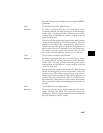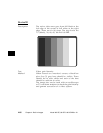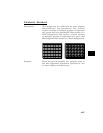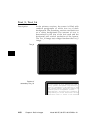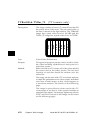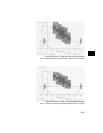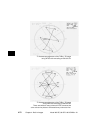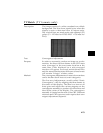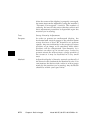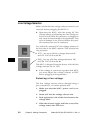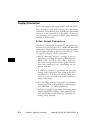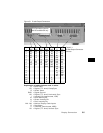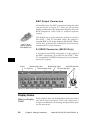
4-73
TVHatch (TV formats only)
Description: The image consists of a white crosshatch on a black
background. The lines form square boxes when the
display’s active video area has a 4:3 aspect ratio.
The vertical lines are made using sine-squared (2T)
pulses (T = 125 nSec for NTSC and T = 100 nSec for
PAL).
Test: Convergence Adjustment
Purpose: In order to accurately produce an image on a color
monitor, the three electron beams in the CRT must
meet (converge) at the exact same location at the
same time. Lines displayed on a mis-converged
monitor will appear as several multicolored lines
and the transitions between different colored areas
will contain “fringes” of other colors.
Method: The convergence adjustments of most color monitors
can be broken down into two main categories.
The first set of adjustments, usually called “Static
Convergence”, calls for aligning the three beams in
the center of the display. The idea is to turn on all
three guns and adjust the various magnets on the
convergence assembly to produce all white lines and
dots in the center of the display. The convergence
assembly is located on the neck of the CRT. Different
monitors and CRT types may each require their own
magnet adjustment sequence.



